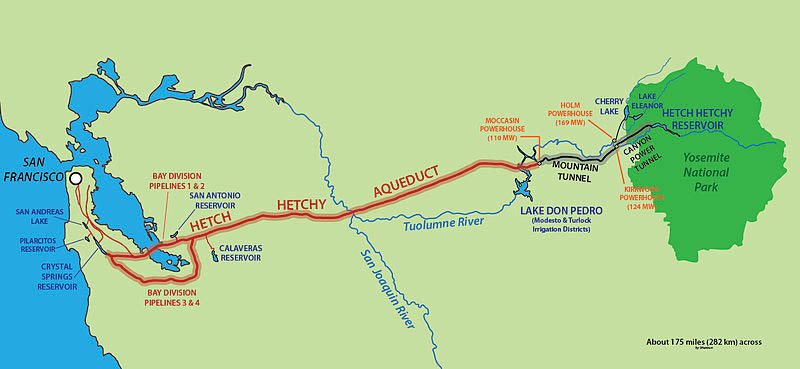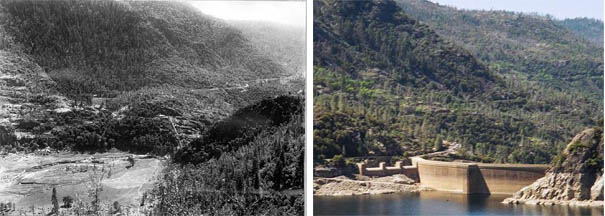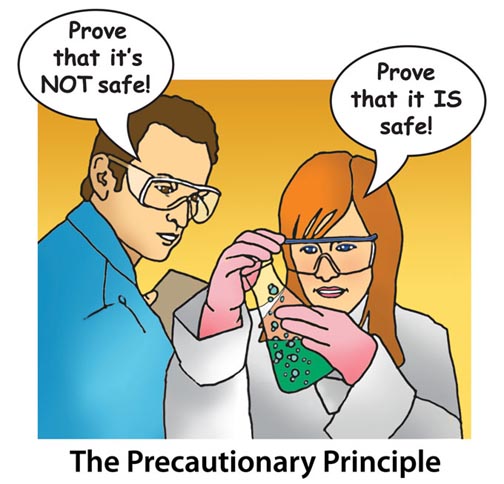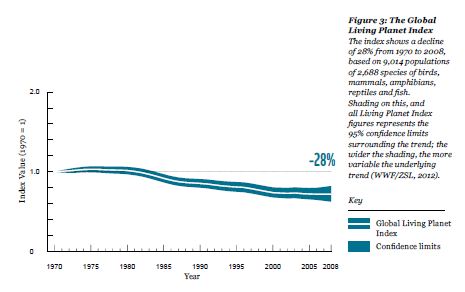Let’s try this out and see where it takes us. In the blogworld a few days ago, I came across a post about a river in New Zealand being given official legal personhood. Elsewhere in the world, animals and nature are being awarded human-like rights. And just last week, a group of prominent scientists including Stephen Hawking declared that there is no unique difference between humans and other animals.
Call that point #1. Point 2: In the US, as we all know, corporations are people. (Some would say corporations are animals, so I guess that makes sense, though a few would say that’s an insult to animals.)
All this makes it but a minor leap to conclude that, if animals, rivers, forests and corporations have legal rights, why not the planet? You know, Gaia, Mother Earth and all that. This, of course, could profoundly change how we see ourselves — legally and morally — in relation to the other occupants, both living and inert, of this planet.
But I’ve got another reason for contemplating this vast, to put it mildly, extension of the definition of personhood. I’ve written elsewhere in this blog about the fundamental economics explanation for pollution: externalities. A decent definition of an externality is “an effect of a purchase or use decision by one set of parties on others who did not have a choice and whose interests were not taken into account.” A classic example would be the evil factory dumping its effluent into a river. The cost of that pollution is borne by the people and governments downstream. Similarly, when a fossil fuel burning power plant dumps carbon dioxide into the atmosphere, its owners don’t pay for the resulting climate disruption. Want a more tangible example? Look at the towns whose water sources are being polluted by nearby fracking.
But what if nature – the planet – had rights and, furthermore, had standing in court? What if nature could sue for damages? Would that, in effect, lay the economic and legal groundwork for internalizing those externalities? Among other outcomes, we could have the equivalent of carbon pricing – without involving the government so it wouldn’t be vulnerable to attack as a tax.
We can take this idea – odd as it may sound – further and say that the Earth owns all the natural resources “onboard.” You want some steel? First you have to buy the ore from Earth Inc. (Notice that twist? If the planet becomes a corporation, it has rights through that legal standing as well.) Same for baby seals (unless the seals themselves are granted rights), or for oil or the Amazon rainforest.

Logo by Lori Greenberg/Bergworks
There is at least one major problem, aside that is from figuring out who the signatories on Earth Inc.’s checking account are. Mother Nature would be the biggest monopoly imaginable. OPEC’s oligopoly would seem like an unfettered free market in comparison. And imagine an antitrust suit against the Earth.
Could this be a conservative’s dream? A solution based upon free market principles and an expansion of both individual (if you can get your head around seeing the planet as an individual) rights and property rights.
Yeah, there are a lot of details to be worked out in this hypothetical monetizing of the Earth. Some ethical ones, too. Would it amount to commoditizing nature? That’s bad, right? Right? Is it worse than assigning no value to nature, which is essentially what the market does now?
Corporations, of course, have shareholders. I propose that every person on the planet be granted a share in Earth Inc. (Yes, I know. What about animals and rivers and forests? If they have personhood rights, shouldn’t they have shares in Earth inc. as well? Yes, they should, but the problem is figuring out who represents them, as well as who their signatories are. I didn’t say this would be simple.)
So if the planet’s resources are polluted or drawn down, compensation is paid to the shareholders. Now that sounds really odd. The effect would be higher prices for many industrial processes and products as those companies had to pay fees to Earth Inc., but those fees would be redistributed back to us, the shareholders. Many things would be more expensive, but we’d get money back in the form of dividends. In theory, we’d be no worse off financially, but we’d be paying the true cost of things and making our consumption choices more accurately.
In a modern context, all of this evolves from philosophies of animal rights. Kant said treating animals well is “good practice” for treating humans well. (Not trying to show off here and I’m certainly no Kant expert. It’s part of the material I cover in one of my Parsons courses.) “We can judge the heart of man by his treatment of animals.” In his world, though, animals were considered non-sentient (which, in case you’ve been mislead by Star Trek episodes, means non-feeling, not non-thinking) and soul-less, barely more than the mechanical vessels described by Descartes.
Just as there are varying beliefs as to what constitutes a soul, there are ethics and religions that believe the Earth has a soul. But that isn’t the issue here, at least as long as we’re defining corporations as people; I don’t think anyone could argue that a corporation has a soul.
Could this possibly work? I’m treading here into the realms of economics, law, ethics, religion and who knows what else. But maybe this type of fundamental re-envisioning is just what we need.















